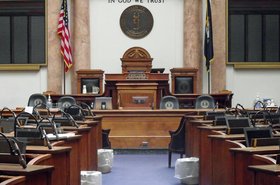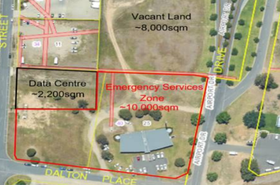The New South Wales Government has changed planning rules in order to fast track data center planning applications in Southwest Australia.
The NSW Department of Planning, Industry and Environment has lowered the threshold for them to be assessed as State Significant Development (SSD); for the next two years until 31 May 2023, the threshold to be assessed as an SSD will be lowered from AU$50 million (US$38.9 million) to AU$30 million ($23.3 million). The number of planning assessment officers would also be increased to help manage the demand.
New South Wales wants data center projects
SSDs are classed as having ‘State significance’ due to the size, economic value or potential impacts that a development may have. Such projects are assessed by the NSW Government, rather than at the local level, which the Government says provides a ‘clear and more certain planning pathway.'
“During the pandemic, there has been a noticeable shift closer towards eCommerce, remote working, and cloud storage which has led to an increase in data centers and warehouses,” said Minister for Planning and Public Spaces Rob Stokes. “These are great for stimulating the economy – they’re simple to build, simple to assess and create a high number of direct and indirect jobs.”
“Data centers and warehouses represent a $4.9 billion pipeline of projects so by lowering the threshold to assess more of them as State Significant Development, we are pushing them through the planning system more quickly.”
The NSW Government also announced last week that smaller data centers could now be set up as complying development – a fast-track combined planning and construction approval – subject to strict conditions.
“This means we’re making it easier to build small-scale data centers without lengthy planning approvals while providing a swifter pathway for large scale ones,” added Stokes.
NSW estimates each data center development directly contributes as much as AU$1 billion ($777.8 million) in construction and fit-out costs to the local economy.




